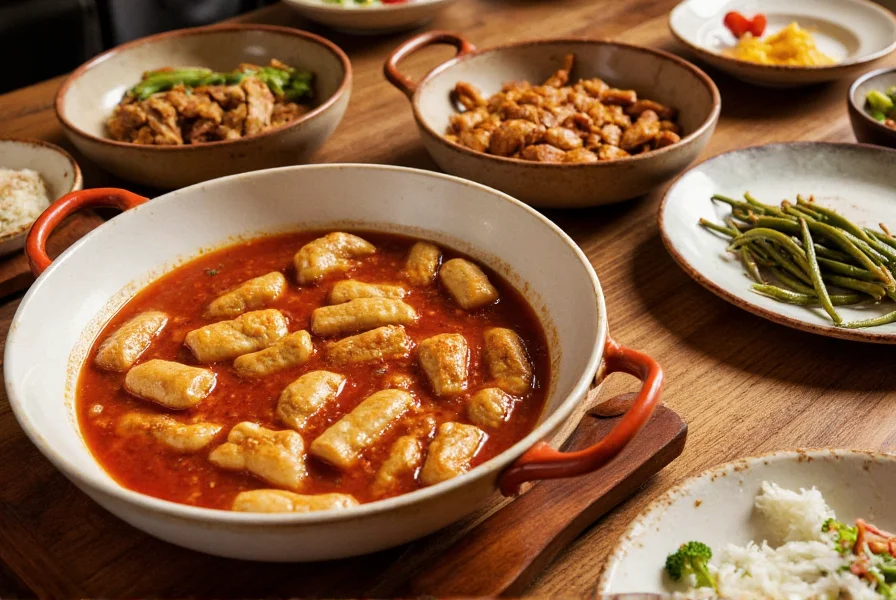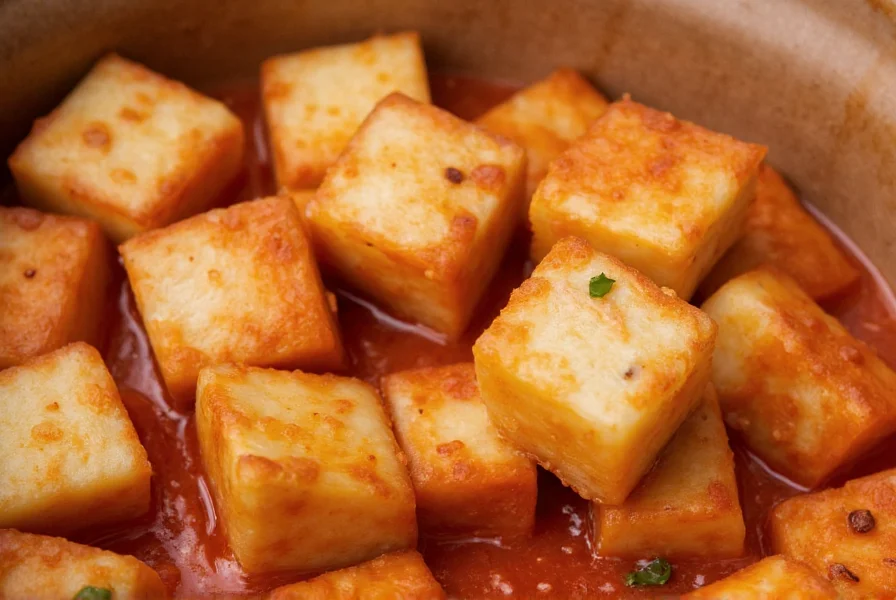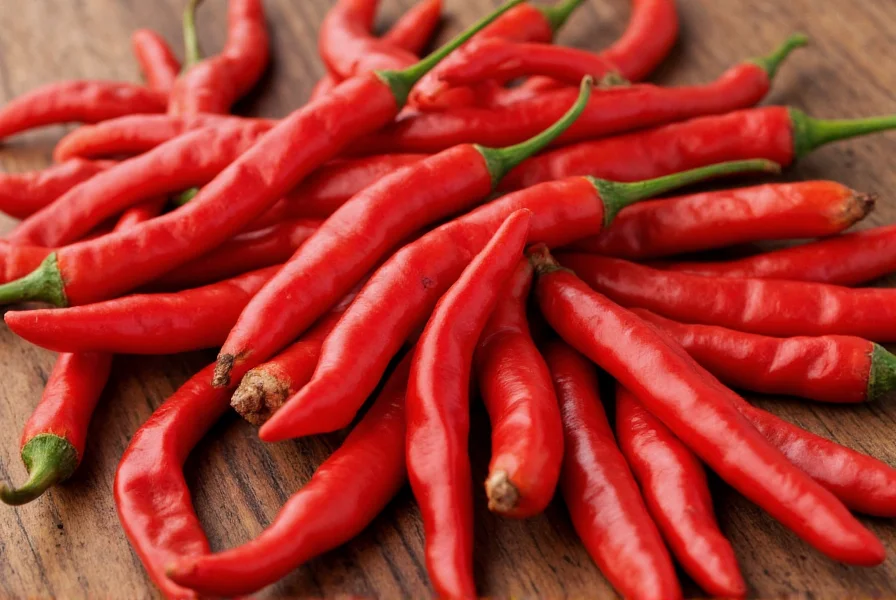For food enthusiasts seeking genuine regional Chinese cuisine, understanding what defines an authentic Sichuan dining experience proves essential. Sichuan cuisine, one of China's eight great culinary traditions, stands apart through its distinctive flavor profiles that balance heat, numbing sensations, and complex aromatics. The hallmark mala sensation—created by Sichuan peppercorns and chili peppers—forms the foundation of many signature dishes that have gained international recognition.
Understanding Authentic Sichuan Culinary Traditions
Sichuan cuisine's complexity stems from centuries of culinary evolution in China's Sichuan province, where humid climate influenced the development of preservation techniques and bold flavors. Unlike other Chinese regional cuisines, authentic Sichuan cooking emphasizes multiple flavor dimensions simultaneously—spicy, numbing, sour, sweet, and savory elements often appear within a single dish.
Professional chefs trained in Sichuan culinary arts undergo rigorous apprenticeships to master the precise balance of ingredients that define the cuisine. The proper application of doubanjiang (fermented broad bean paste), Pixian chili bean sauce, and high-quality Sichuan peppercorns separates authentic preparations from simplified adaptations. When evaluating restaurants specializing in this regional cuisine, look for evidence of these foundational elements in both menu descriptions and actual dish execution.

Key Characteristics of Quality Sichuan Restaurants
Authentic Sichuan establishments demonstrate several consistent characteristics that distinguish them from generic Chinese restaurants. These markers help diners identify venues committed to preserving regional culinary traditions rather than offering watered-down interpretations.
| Characteristic | Authentic Indicator | Compromised Version |
|---|---|---|
| Menu Structure | Regional dish categorization (fish香, home-style, banquet dishes) | Generic "spicy" labels without regional context |
| Ingredient Quality | Visible Sichuan peppercorns, proper chili varieties | Generic red pepper flakes, artificial numbing agents |
| Cooking Techniques | Multiple wok stations for different cooking methods | Limited preparation methods, heavy reliance on pre-made sauces |
| Menu Descriptions | Specific regional origins, traditional preparation notes | Vague descriptions like "spicy Chinese dish" |
Signature Dishes That Define Sichuan Cuisine
When exploring restaurants specializing in Sichuan cooking, certain dishes serve as reliable indicators of authenticity and kitchen expertise. These culinary benchmarks reveal whether a establishment understands the nuances of the regional cuisine.
Mapo Tofu represents perhaps the most recognized Sichuan dish internationally. Authentic versions feature soft tofu cubes in a rich, reddish sauce made with fermented broad bean paste, ground pork, and a generous amount of Sichuan peppercorns creating the characteristic mala sensation. The dish should display a fine balance between numbing and spicy elements without overwhelming the delicate tofu.
Kung Pao Chicken often suffers from Westernized adaptations, but the traditional preparation features diced chicken, roasted peanuts, vegetables, and dried chilies stir-fried with precise timing. The authentic version maintains distinct textures and allows the Sichuan peppercorns to provide subtle numbing notes rather than pure heat.
Dry-Fried String Beans demonstrates another essential technique where vegetables are "dry-fried" until blistered, then combined with minced pork and chili peppers. This dish showcases the wok hei (breath of the wok) essential to proper Sichuan cooking.

Evaluating Sichuan Dining Experiences Objectively
When assessing restaurants like Red Pepper Sichuan Bistro, consider these objective criteria that reflect authentic Sichuan culinary principles:
- Flavor Layering - Authentic Sichuan dishes develop complex flavor profiles rather than relying solely on heat intensity
- Ingredient Freshness - High-quality restaurants source proper Sichuan peppercorns (hua jiao) that provide floral, citrus notes alongside the numbing sensation
- Cooking Technique - Look for evidence of proper stir-frying techniques, quick cooking times, and appropriate oil usage
- Regional Representation - Menus should reflect specific Sichuan sub-regional specialties rather than generic "spicy" dishes
Temperature control proves particularly crucial in Sichuan cooking. The numbing sensation from quality Sichuan peppercorns should develop gradually rather than immediately overwhelming the palate. Restaurants committed to authenticity often provide guidance on navigating spice levels and can adjust dishes to accommodate different tolerance levels while preserving flavor integrity.
Practical Considerations for Sichuan Cuisine Enthusiasts
Diners seeking authentic Sichuan experiences should approach menu selection strategically. Begin with milder dishes to appreciate the complexity of flavors before progressing to spicier options. Many traditional Sichuan restaurants offer tea service specifically designed to complement the numbing-spicy elements of the cuisine.
Understanding regional variations within Sichuan cuisine enhances the dining experience. Chengdu-style preparations often feature more pronounced numbing elements, while Chongqing-style dishes may emphasize greater heat intensity. Restaurants with knowledgeable staff who can explain these distinctions demonstrate deeper commitment to the cuisine.
Frequently Asked Questions
What distinguishes authentic Sichuan cuisine from other spicy Chinese food?
Authentic Sichuan cuisine features the distinctive mala (numbing-spicy) flavor profile created by Sichuan peppercorns combined with chili peppers. Unlike other spicy Chinese regional cuisines, Sichuan cooking emphasizes complex flavor layering that includes sour, sweet, and savory elements alongside the heat. The numbing sensation from quality Sichuan peppercorns should develop gradually rather than immediately overwhelming the palate.
How can I identify a genuinely authentic Sichuan restaurant?
Look for specific indicators: a menu organized by regional Sichuan cooking styles rather than generic "spicy" categories, visible Sichuan peppercorns in dishes, proper use of fermented bean pastes, and staff knowledgeable about regional variations within Sichuan cuisine. Authentic establishments often feature traditional cooking equipment visible in the kitchen and may offer guidance on navigating spice levels while preserving flavor integrity.
What are the essential dishes to try when exploring Sichuan cuisine?
Start with Mapo Tofu (properly balanced mala sauce with soft tofu), Kung Pao Chicken (featuring roasted peanuts and precise chili application), and Dry-Fried String Beans. These dishes showcase fundamental Sichuan techniques and flavor profiles. For a complete experience, include a cold dish like Spicy Cucumber Salad to demonstrate the cuisine's range beyond heat-focused preparations.
How does Sichuan peppercorn differ from regular black pepper?
Sichuan peppercorns (actually the husks of Zanthoxylum plant berries) create a unique tingling, numbing sensation rather than单纯的 heat. High-quality Sichuan peppercorns provide floral, citrus notes alongside the characteristic numbing effect. Unlike black pepper which delivers immediate heat, Sichuan peppercorns produce a gradual numbing sensation that enhances rather than overwhelms other flavors in the dish.











 浙公网安备
33010002000092号
浙公网安备
33010002000092号 浙B2-20120091-4
浙B2-20120091-4